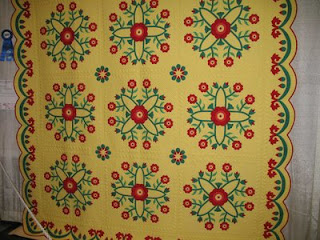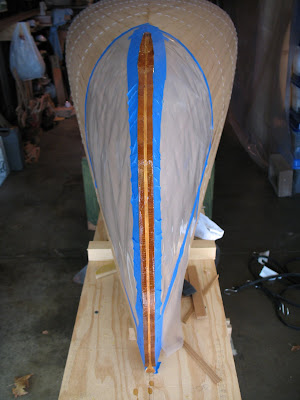After a 9-hour drive on Thursday including a hellish slog through LA, we got to San Diego in time to stroll through Balboa Park as the sun went down. After that we went in search of a Thanksgiving feast. Unfortunately "Little Italy" was officially closed so we headed downtown. We found a nice hotel restaurant that was open and had waldorf salad, squash soup, salmon, and pecan pie. Mmmmm.
After the zoo we drove over to Coronado Island to check out the Hotel Del (I can call it that since I've been to San Diego once or twice before in the company of a local.). Then we tried Little Italy again and this time the neighborhood was officially open. We had pizza and beer at Filippi's Pizza Grotto. The line was down the block! But we waited for the chance to dine under hundreds of chianti bottles hanging from the ceiling. Guess you don't see THAT just anywhere.
For our last day we decided to take in some history. We saw the official start of the El Camino Real which runs right past our house all the way up here. It starts where Padre Junipero Serra founded the Mission of San Diego de Alcala in San Diego. Not that thrilling. Also hit Cabrillo National Monument at Point Loma and Old Town San Diego. There are some museums there with quite a lot of interesting objects and information if you can get past the cheesy junk shops and hordes of people. We did a little frontier-style gambling, talked to a coffin-maker, and sent morse-code messages at the Wells Fargo museum. FUN! We topped it off with a visit to the Karl Strauss brewery and the new James Bond movie downtown.
Hoping to avoid a traffic debacle on the way home, we took an alternate route that looped around Edwards Air Force Base (check your google map) and were close to seeing the Space Shuttle landing there, but the timing wasn't quite right. A mere 9 hours later we were home!

















































